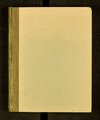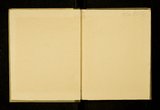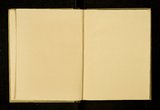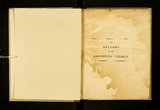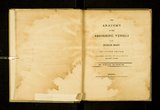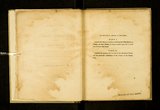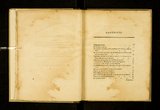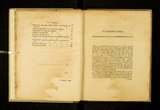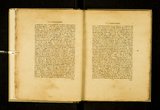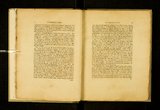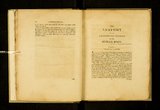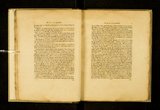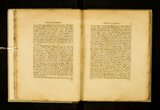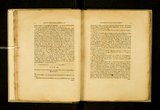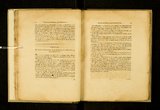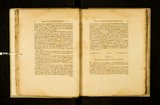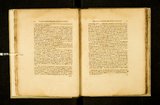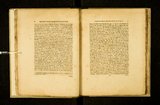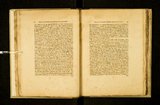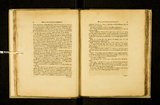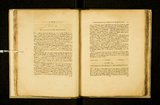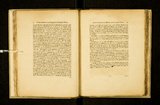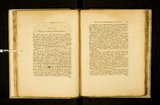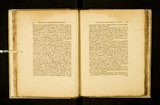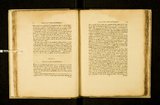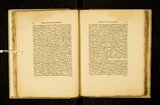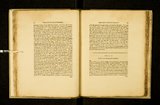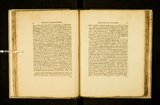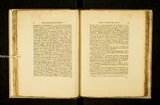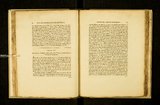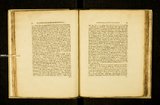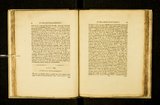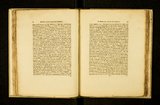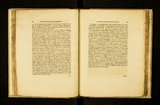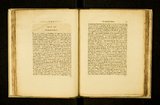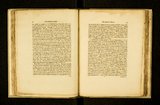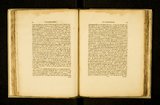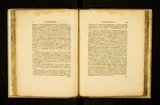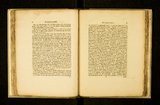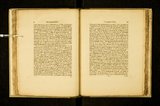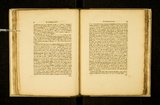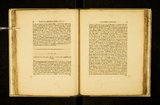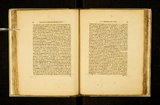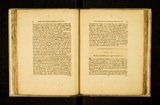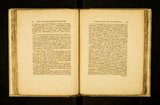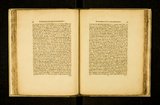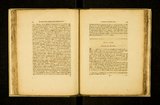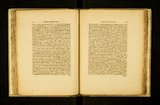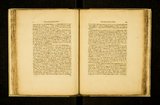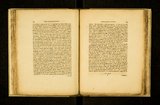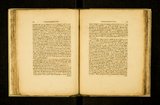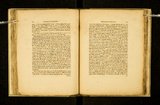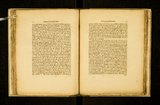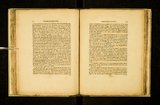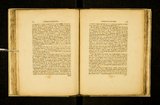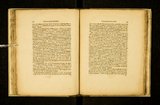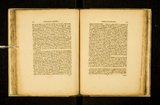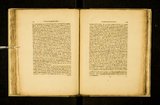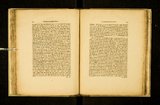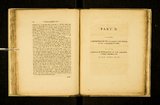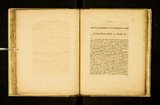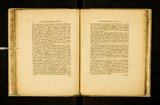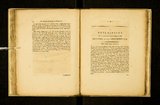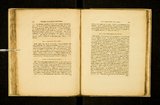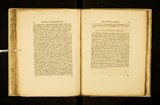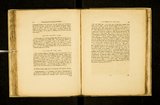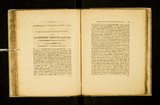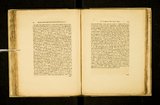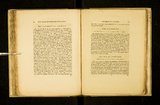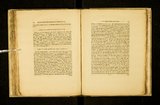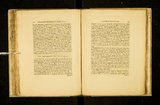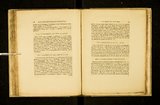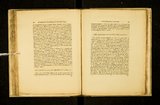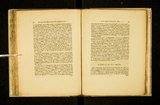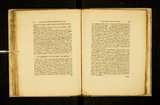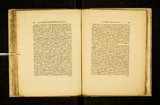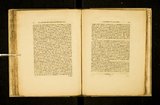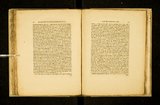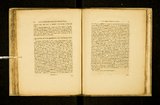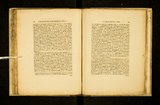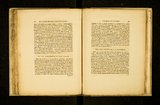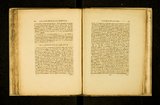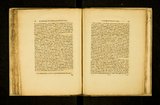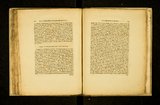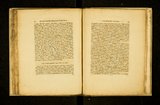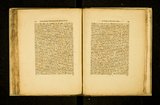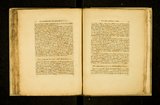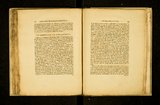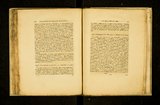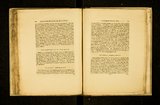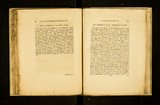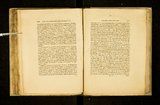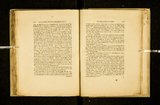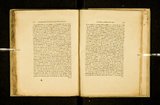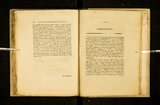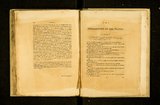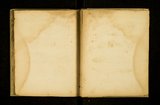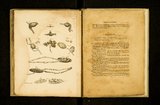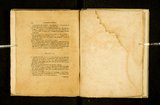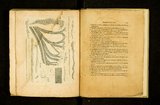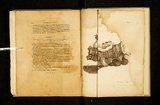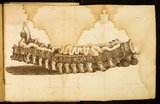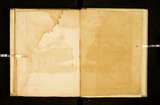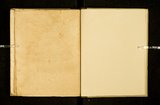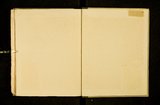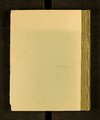| OCR Text |
Show 200 w flag défi'crem Paris of tbc Body. Off/Tu particular Dirt/timlimz of ilw Ar'ft'ism'lit'nf Verse/x branches are inserted into the axillary glands. If venereal matter is ab- or ring linger, or from sorbed any where li'oni the hand, near the little of the humerus, those lingers themselves, the gland on the internal condyle will most probably iii- or some one in the course. of the brachial artery, ner will be warned flame, and form a bubo, and the intelligent practitio from the thumb absorbed is matter venereal the if but ; n of this absorptio it is possible that it may or fore-finger, or from the hand in their vicinity, inside of the clavicle; not pass into any glands, until it comes into the and the patient these are out of the reach either of otir sight or feeling, even suspected it. may be infected, without the practitioner‘s having in the The deep-se ated absorbents of the arm accompany the arteries artery. same manner as the veins do, two with each I have seen two with intcrossial, and the radial artery, two with the ulnar, two with the internal artery; these at last all ter- I have already described two with the brachial 201 a, Mr. Hu~ nter. Haller has also seen these vessels; and says, " Numerosa b :m \asa aquosa stint tliyrotda glandulae."-There is not any part f h abmyrb o m ore vascular,' in ' proportion i to its ' bulk, from arteries veins0 and t e t eats, tian this gland; btit, as I have not i, the least conception of its use, I (it) It) ll leistand "ha t tun CthDS lll dlUCulal 1!. a) p SO r bents pCl'- 8 THE ABSORBENTS OF THE THYM US GLAND These I never looked for, as it is a part which does not exist ' adtilt body: l" Haller mentions its absorbents, on the authorit y‘of Ix'rdullilt :nli‘, speaking of the absorbcnts of-the neck, and their termination, says, on sine aliqua a thyma advenientium vasculorum accessio ne " I know not the use of this gland; of course, not the particular use of it _b sorbents. It resembles, according to Haller, the absorbent lands 0:31" meseiitei'y, in containing a similar globular fluid as they do aid iii d' "e able vessels niiiiate in th e glands of the axilla: from these glands consider right Side, one go out, which at 1 ast uniting, contribute to form, in the of the absorbent great truiilt, which I have already called the second trunk pearing at last entirely: but there is certainly a very material differeiiaft the thoracic system; and in the left si dc form a trunk, which either joins into the subclavian vein duct near its termination, or is inserted by itself Zis;ple3ci::ssetnottearly tallten together; it does not at all resemble them; and adjoining, posterior part The absorbents from the muscles and integuments on the frequently in- of the scapula, also terminate in the axillary glands; I have y amut twelve or fourteen years of awe. The lym hatic glands of the mcsentct'y, if they disappear at all, are, Cat least visibPle ttie niesentery at seventy, and even eighty years of age. This land tin tlieride, the spleen, and the capstila: renales, are remarkable in nit l )V C ~iceted them from those glands, contrary to the valves. Hallcr, apparently veniunt quoting from Mr. Hewson, says, " Ad glandulas (lemum axillares dubio ---ibi conjunguntur cum vasis profundis, arteriani radialem ct procul ulnareni et iiiterossiam eomitantia." TIIE ABSORBENTS OF THE THYROIDE GLAND. duct in The trunk of the absorbents in the right side, and the thoracic the left side, are joined near their termination by two trunks from the thy- roide gland. I have frequently inflated those trunks, by plunging a laneet at random into the substance of this gland, and throwing in air or quick- by silver, as we generally do in absorbent gléuids; a method first practised Mr. thfehthymus, at, or soon after birth, is larger than all the absorbent glahds like other glands, any excretory dart. Mr. Hewson said that theirl ii" llng' tie vessels were also their excretory ducts. Ruysch had revio impi: the lymphatic glands were not like other glands, chiefly in mi: havih‘S: 5a] ' tery ducts; but be supposed their lymphatic vessels might erformfih-‘(tcmf‘ bee, " creretorias (ii/(fur illos pillar/if." * ()f the thymus ili) irticula a A: - Hewson said, that the globules found in it resembl ed the cihtral Ni ii. of the blood, and be persuaded himself that the use of the tli ‘niulskwlc LS furnish these particles, and the use of the spleen to a) l the ) ‘ f as‘ m . obules of blood.‘ The lymphati ‘ cs earried . these . particles ll) y liom " m the m thymus ("mm-g into the blood; tney were then depostted by the arteries into the spleen the * Melts]. D d ) great |


